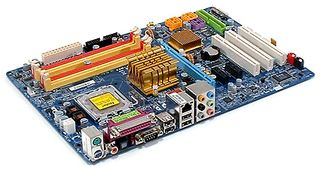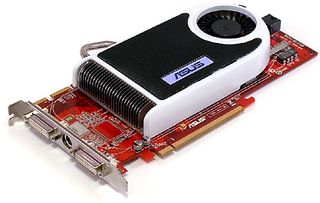Overclocking Guide Part 3: How To Gain 81% For $27
Big Gains, Low Risk
We did a risk to benefit analysis, considered some of the best values in overclockable platforms, and now we're ready to "do the deed": pushing a low-cost Core 2 Duo system to its maximum performance level. As we detail each step, we'll avoid those that would lead to early system failure, staying away from excessive voltage or heat levels.
Our Component Choices
Though we selected a Core 2 Duo E6300 as recommended in our Overclocking Guide Part 2, we thought using a more challenging motherboard would benefit a larger number of readers. Top overclockers have gotten far better results from Gigabyte's GA-965P-DS3 than those found in our P965 Shootout, making it a great choice for a concerted overclocking effort.

Keeping a middling budget in mind, we also chose the X1950 Pro from Asus. Available starting at around $180, this favorably-priced part is a radical turn for a company previously known for extreme features.

Mid-priced modules for Core 2 Duo overclocking are impossible to find, because Intel's FSB1066 (266 MHz clock speed) corresponds to a minimum RAM speed of DDR2-533 (also 266 MHz clock speed). Overclocking to FSB1600 will require RAM to operate at DDR2-800, and going beyond FSB1600 requires either highly-overclockable RAM or ultra-high-speed parts.
Join our discussion on this topic
Stay on the Cutting Edge
Join the experts who read Tom's Hardware for the inside track on enthusiast PC tech news — and have for over 25 years. We'll send breaking news and in-depth reviews of CPUs, GPUs, AI, maker hardware and more straight to your inbox.

